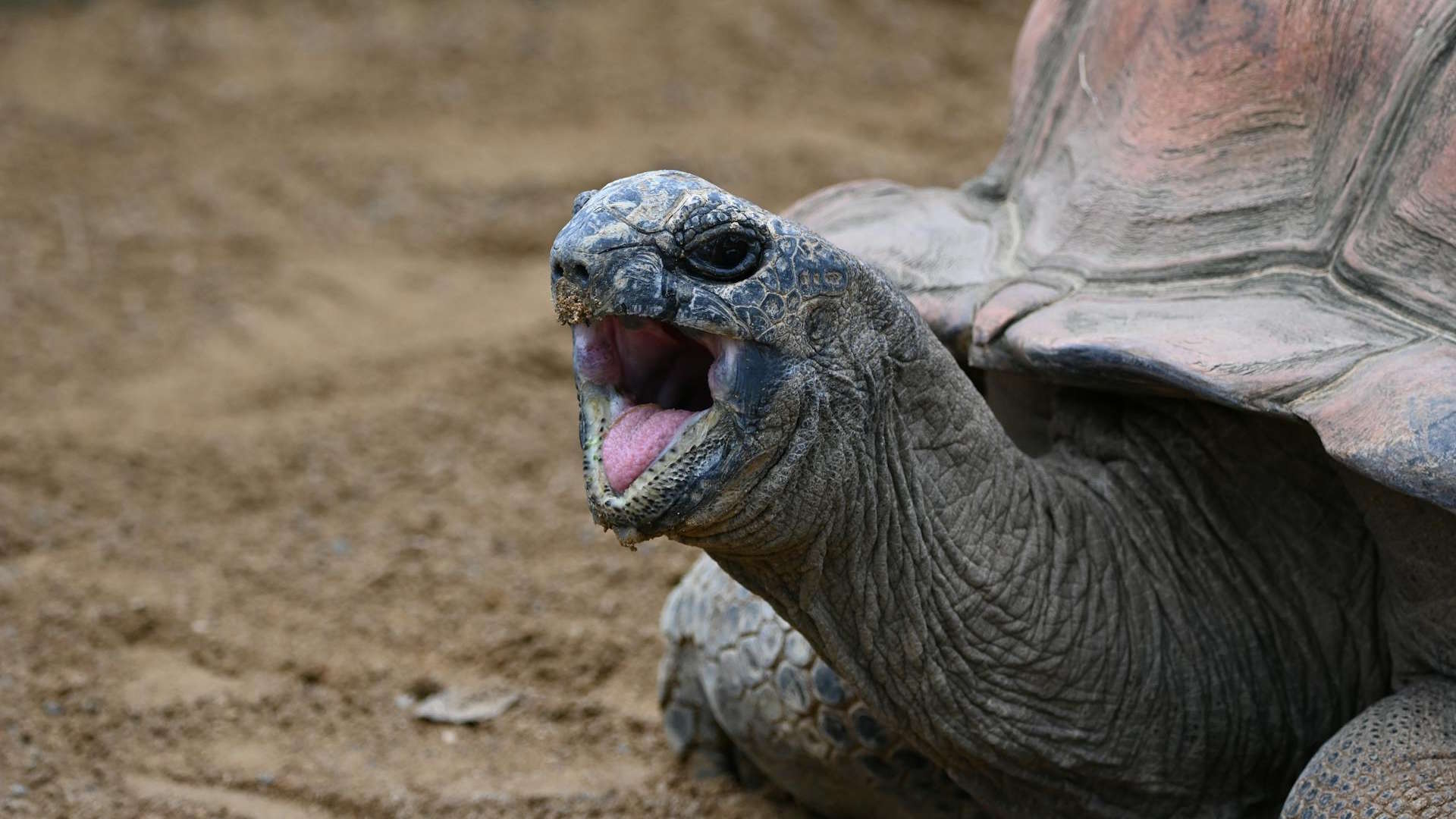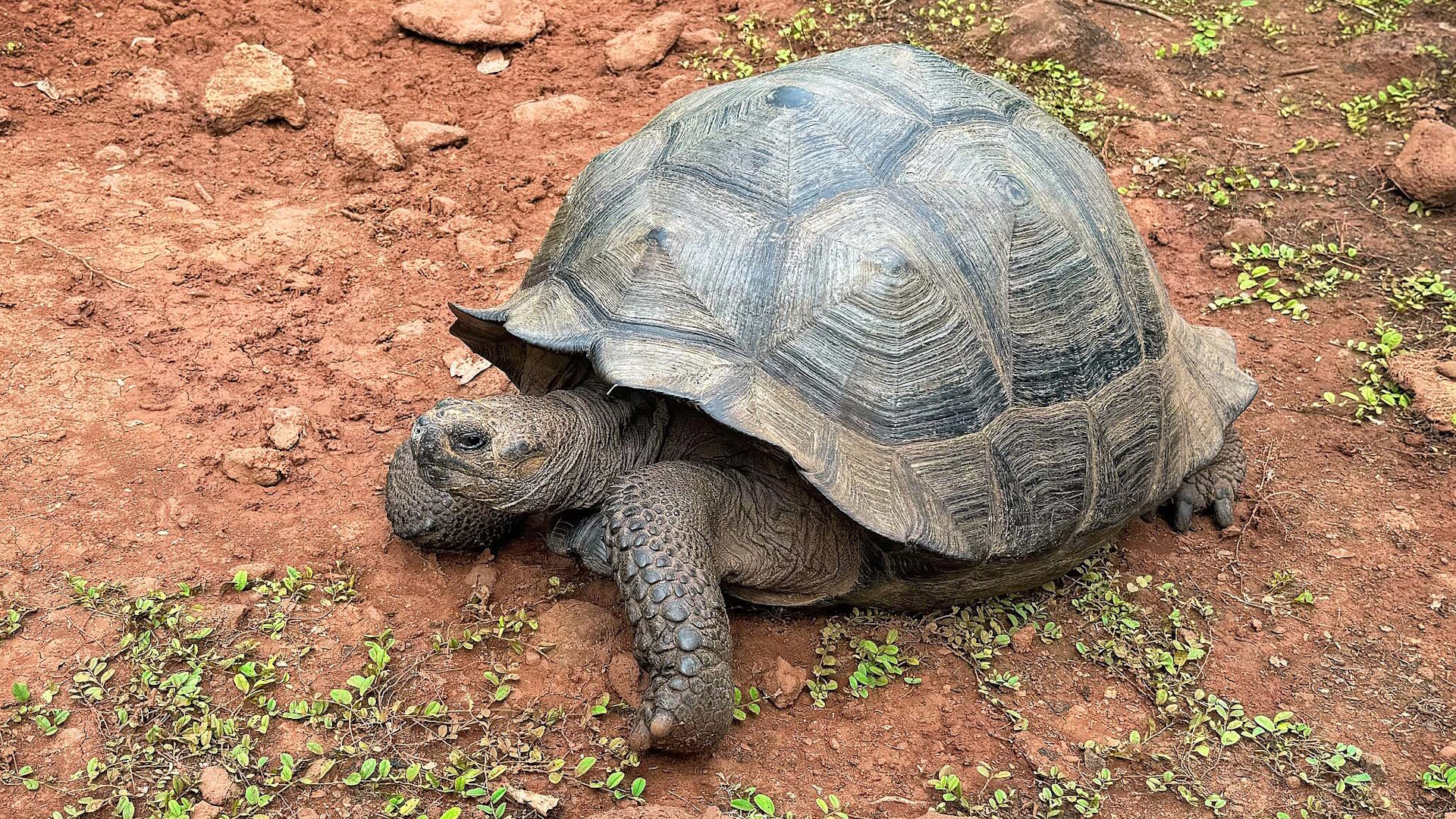In the realm of remarkable reptiles, few creatures capture our imagination quite like the enormous tortoises that plod their way through history. These gentle giants have fascinated scientists and nature enthusiasts for centuries with their impressive longevity and massive proportions. Among them stands a legendary colossus that has earned the title of the largest tortoise ever recorded. This extraordinary animal represents not just a biological marvel, but also serves as a living testament to the wonders that evolution can produce given enough time and the right environmental conditions. Join us as we explore the remarkable story, biology, and legacy of the largest tortoise ever to roam our planet – a true giant among its kind.
The Record Holder: Goliath the Aldabra Giant
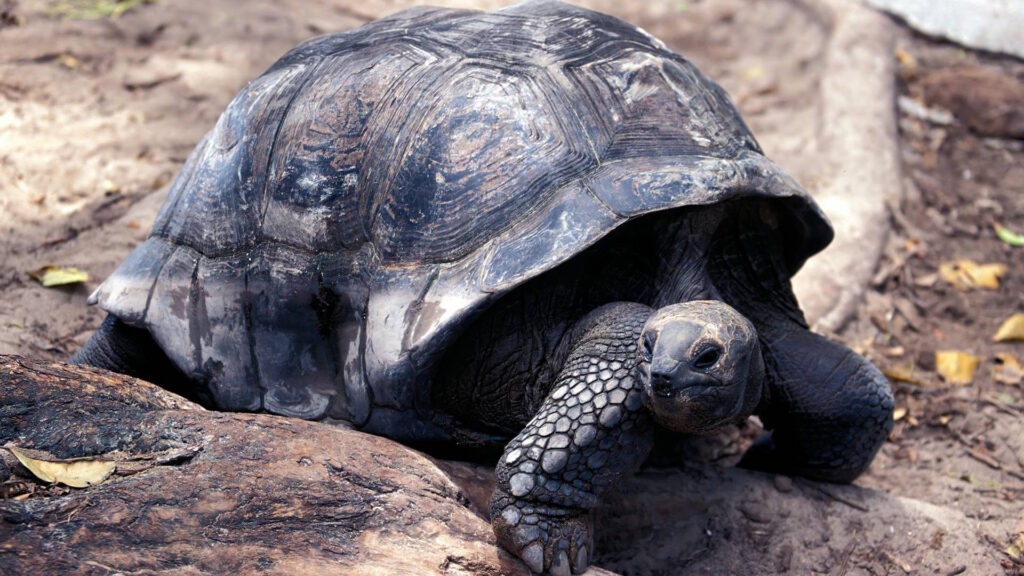
The largest tortoise ever reliably recorded was an Aldabra giant tortoise named Goliath that lived at the Life Fellowship Bird Sanctuary in Seffner, Florida. Measured in the 1990s, this enormous reptile weighed an astonishing 919 pounds (417 kg) and measured over 4.5 feet (1.37 meters) in length. Goliath’s massive size surpassed the average weight for male Aldabra tortoises, which typically range between 350-500 pounds. His exceptional proportions made him a true anomaly even among giant tortoises, capturing the attention of herpetologists worldwide. While some unverified claims exist of larger specimens, Goliath remains the largest tortoise with properly documented measurements.
The Species Behind the Record
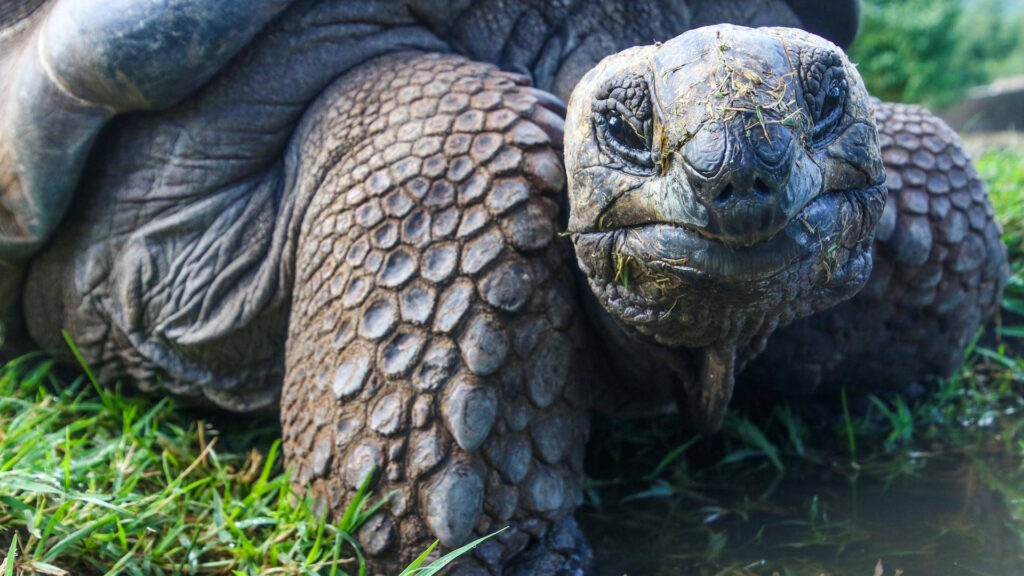
Aldabra giant tortoises (Aldabrachelys gigantea) are native to the Aldabra Atoll in the Seychelles, an island nation in the Indian Ocean. They represent one of only two remaining species of giant tortoises in the world, with the other being the famous Galápagos tortoise. These magnificent creatures evolved their enormous size through a process called island gigantism, where species isolated on islands with few predators and competitors tend to grow larger over evolutionary time. Their domed shells can reach lengths of up to 4 feet (1.22 meters) in the wild, with males typically growing substantially larger than females. The species has survived for millions of years with relatively few changes to their basic body plan, making them living fossils in the truest sense.
Understanding Gigantism in Tortoises
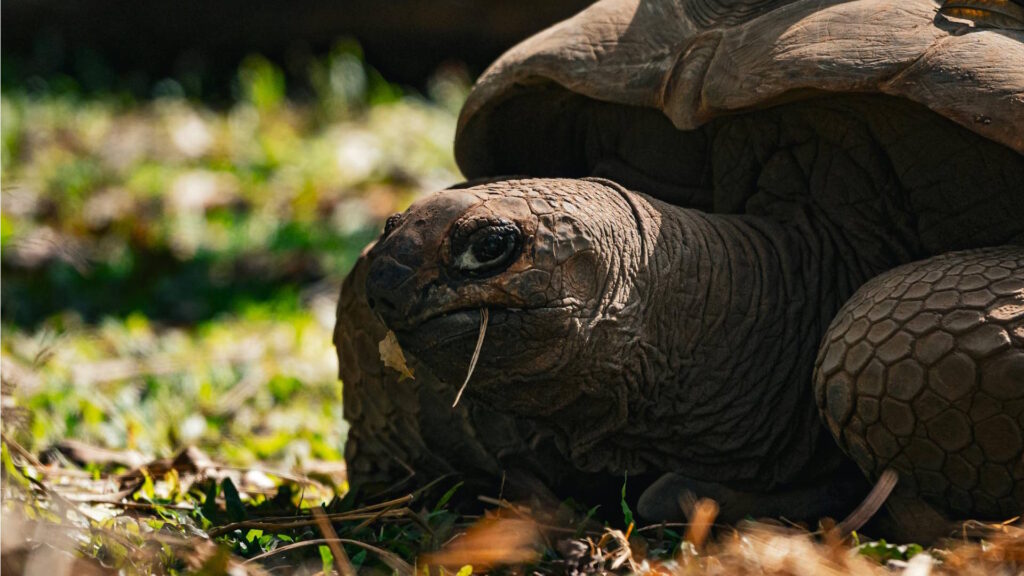
The exceptional size of giant tortoises like Goliath is no accident but rather the result of specific evolutionary adaptations. Island gigantism, the phenomenon responsible for their massive proportions, occurs when species colonize islands with abundant food resources and few natural predators. In such environments, the selective pressures that typically keep body sizes in check on the mainland are removed, allowing for the evolution of larger body sizes over many generations. For tortoises specifically, larger individuals gain several advantages: they can store more water and fat reserves, helping them survive seasonal droughts; they can reach higher vegetation for feeding; and their thick shells provide better protection from the few predators that might exist. Additionally, larger tortoises often have longer lifespans, allowing for more reproductive seasons throughout their lives.
Anatomy of a Giant
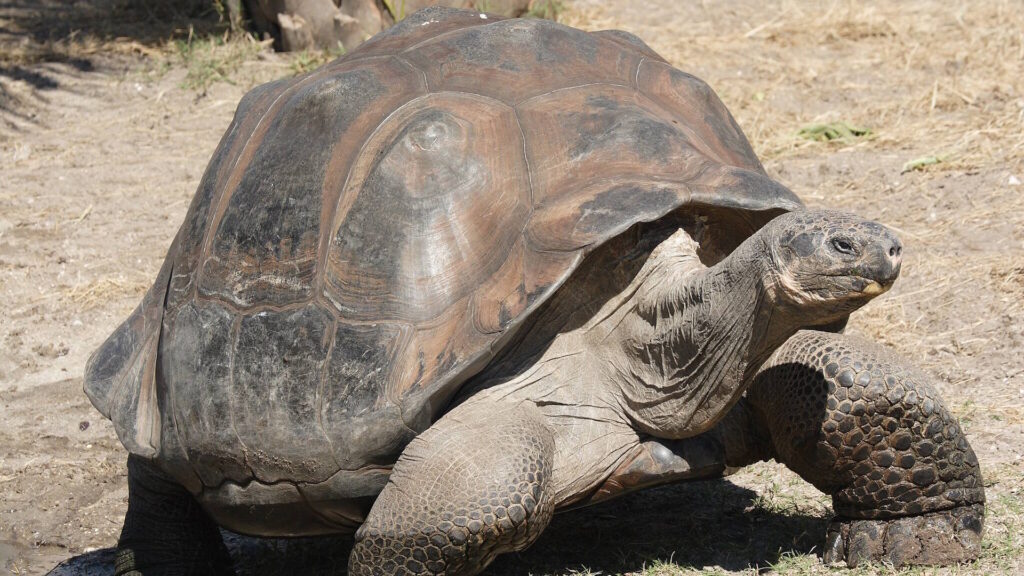
The physical structure of a giant tortoise like Goliath is a marvel of natural engineering. Their massive domed shells, technically called carapaces, are composed of bone covered by keratin scutes that grow throughout the tortoise’s life, creating distinctive growth rings similar to those found in trees. The shell is actually part of the tortoise’s skeleton, fused to its spine and ribs, providing exceptional protection from predators. Giant tortoises possess powerful, columnar legs reminiscent of elephant limbs, which have evolved to support their tremendous weight. Their long necks allow them to reach vegetation up to three feet off the ground, an important adaptation for island environments where ground-level food might be scarce. Perhaps most impressive is their cardiovascular system, which has evolved to efficiently pump blood throughout their enormous bodies while supporting lifespans that can exceed 150 years.
Diet of the Giants
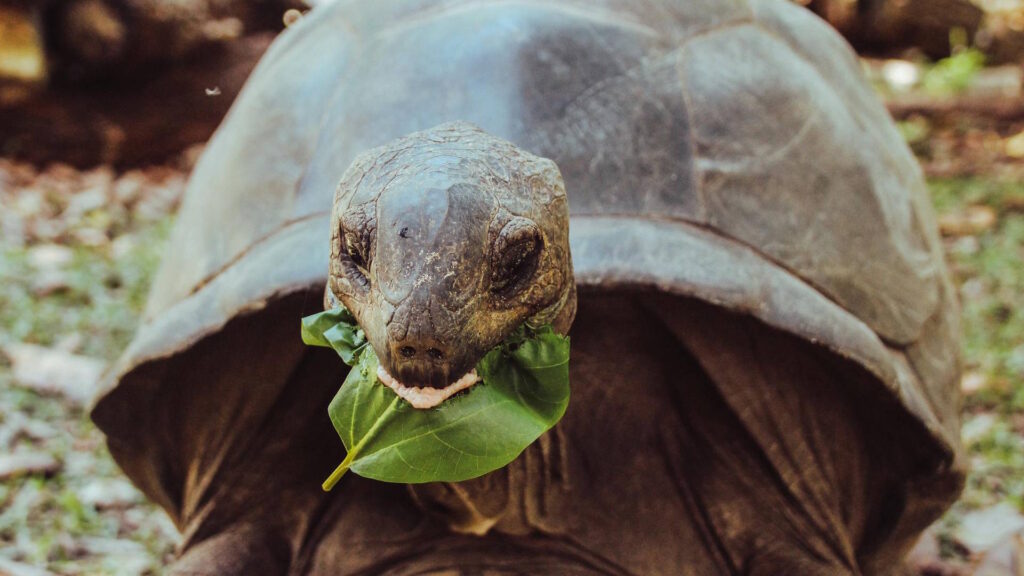
Maintaining such enormous body mass requires a substantial intake of food, though giant tortoises have evolved to survive on relatively low-nutrient plant materials. These herbivorous behemoths consume a variety of vegetation including grasses, leaves, woody plant stems, fruit, and cacti when available. An adult giant tortoise like Goliath would likely consume up to 11% of its body weight in fresh vegetation weekly, which for a 900-pound specimen would mean nearly 100 pounds of plant matter. Their efficient digestive systems break down this fibrous material through bacterial fermentation in their large intestines, similar to the process used by horses and elephants. Interestingly, giant tortoises can survive long periods without food or water by slowing their metabolic rates and drawing on fat reserves stored throughout their bodies, an adaptation that helped the species survive seasonal droughts in their native habitats.
Longevity Records
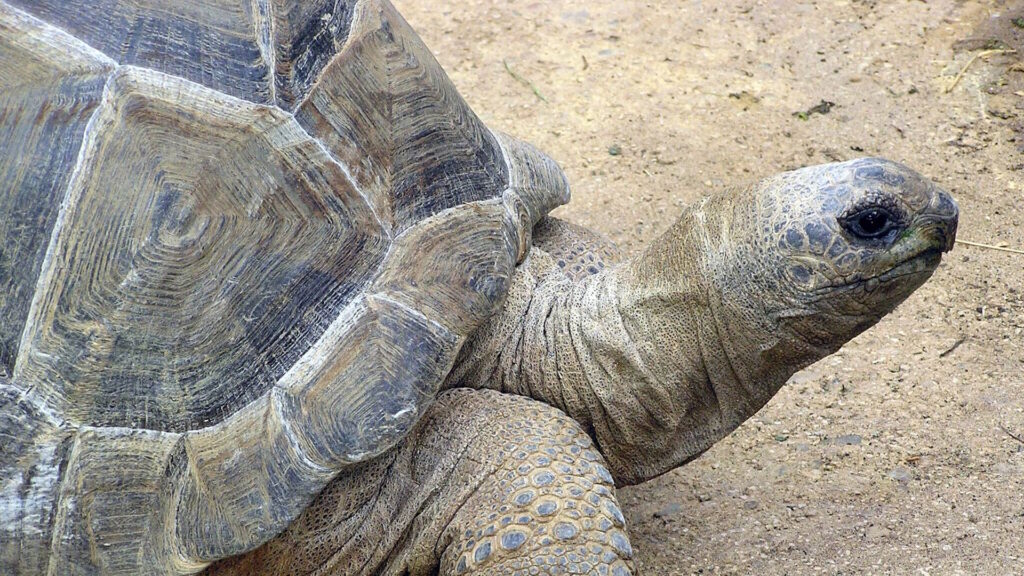
Giant tortoises are renowned not just for their size but also for their exceptional longevity, with verified records of individuals living well beyond 150 years. The oldest documented tortoise was Adwaita, an Aldabra giant tortoise that reportedly lived to be approximately 255 years old before dying in 2006 at the Alipore Zoological Gardens in India. While Goliath didn’t set any age records, large specimens like him typically enjoy longer lifespans than their smaller counterparts, with body size and longevity often positively correlated in reptiles. This extraordinary lifespan is attributed to several biological factors, including slow metabolic rates, efficient cellular repair mechanisms, and remarkable resistance to diseases that typically affect aging animals. Their lengthy lives make giant tortoises living time capsules, with some individuals hatched during the Napoleonic Wars still alive in the modern era.
Historical Giants: Comparing the Record
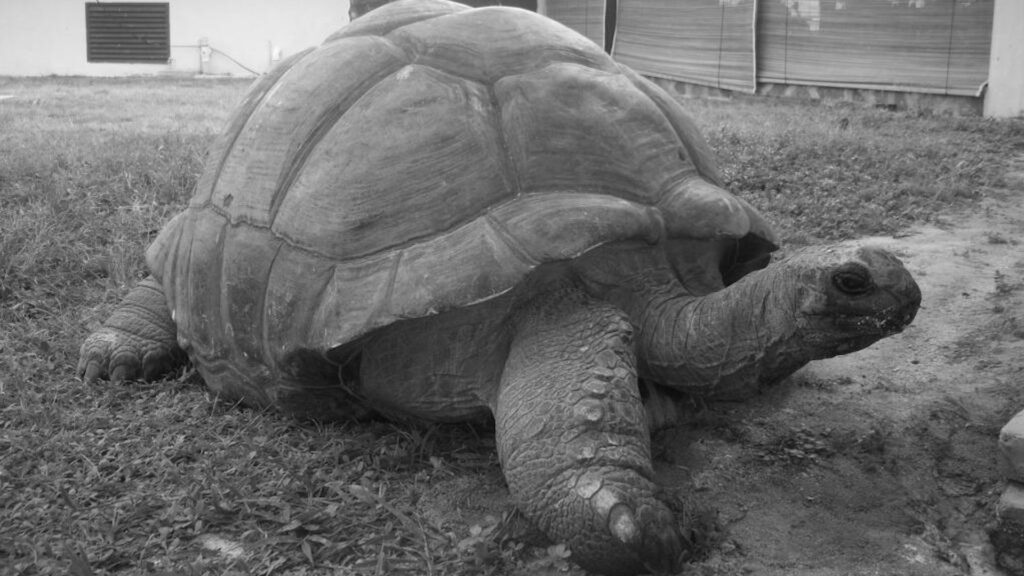
While Goliath holds the verified weight record for tortoises, historical accounts suggest there may have been even larger specimens in the past. Early explorers and naturalists documented enormous tortoises on islands in the Indian Ocean and Galápagos archipelago that reportedly weighed over 1,000 pounds, though these claims lack the scientific validation of modern measurements. The most famous historical giant was likely Esmeralda, a Galápagos tortoise from the island of Santa Cruz that was estimated to weigh around 800 pounds and lived well into the 20th century. Archaeological evidence from islands where giant tortoises evolved indicates that even larger individuals may have existed before human colonization dramatically reduced their populations. However, without precise historical records, Goliath remains the largest officially documented tortoise in modern times, standing as an impressive benchmark for the species’ growth potential.
Caring for Massive Tortoises
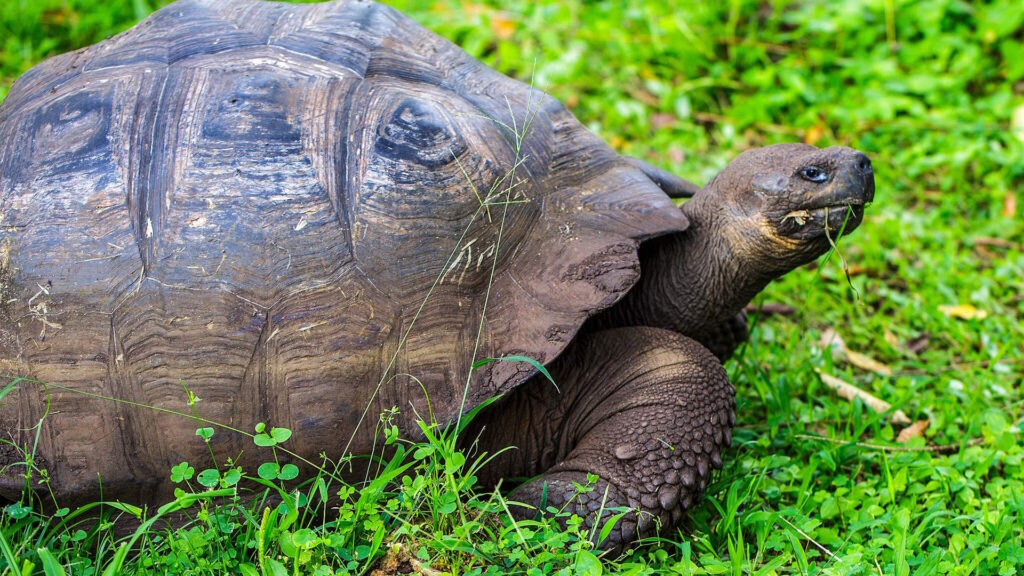
Maintaining the health and well-being of exceptionally large tortoises like Goliath presents unique challenges for their caretakers. These enormous reptiles require extensive space to roam, with recommended enclosures measuring at least 1,500 square feet for a single adult giant tortoise. Temperature regulation is crucial, as these ectothermic animals depend on external heat sources to maintain their body temperature within the optimal range of 75-95°F (24-35°C). Nutrition becomes particularly important for giants, with dietary needs including calcium supplementation to support their massive shells and skeletal structures. Veterinary care presents logistical challenges, often requiring specialized equipment and multiple handlers to safely move and examine animals weighing several hundred pounds. Facilities housing record-sized specimens typically implement custom-designed habitats with features like heated shelters, shallow pools for soaking, and varied terrain to provide exercise opportunities that help maintain joint and cardiovascular health.
The Conservation Status of Giant Tortoises

The remarkable species that produced giants like Goliath faces significant conservation challenges in the wild. Aldabra giant tortoises are currently listed as Vulnerable on the IUCN Red List, having once been much more widespread across the Indian Ocean islands. Their populations were decimated during the Age of Exploration when sailors harvested them by the thousands for food, reducing their range to just a few isolated island groups. Today, approximately 100,000 Aldabra tortoises remain in the wild, with the majority found on the protected Aldabra Atoll. Conservation efforts focus on habitat protection, captive breeding programs, and reintroduction initiatives to restore these giants to islands where they were previously extirpated. The related Galápagos tortoise species complex has fared worse, with several subspecies extinct and others critically endangered, demonstrating the fragility of these ancient reptiles despite their imposing size.
Cultural Significance of Giant Tortoises
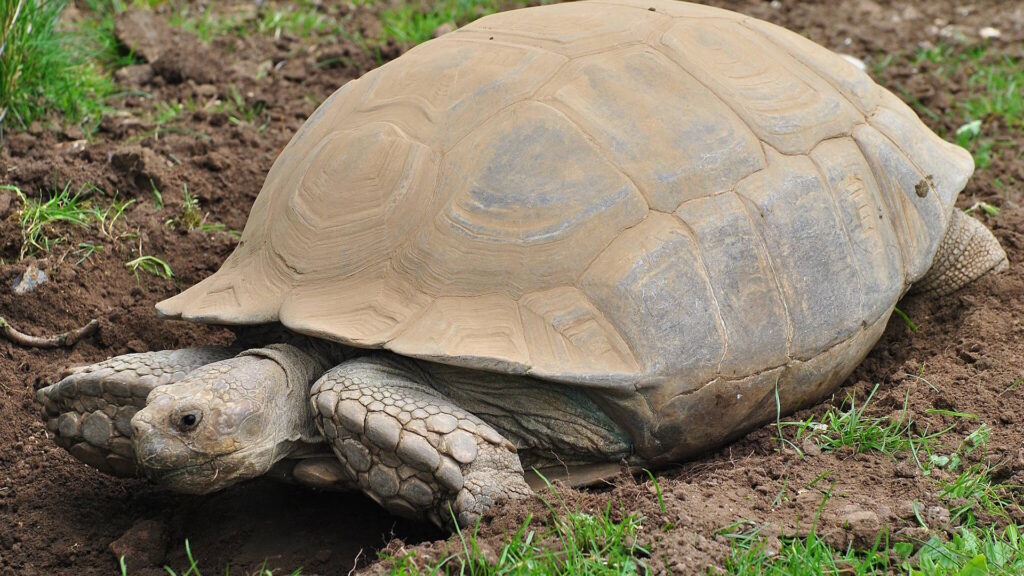
Throughout human history, giant tortoises have occupied a special place in cultural narratives and belief systems worldwide. These imposing creatures feature prominently in creation myths from diverse cultures, most famously in the “World Turtle” or “Cosmic Turtle” myths found across indigenous North American, Chinese, and Hindu traditions, where the world is supported on the back of an enormous tortoise. The exceptional longevity of giant tortoises has made them symbols of wisdom, endurance, and stability across many societies. In modern times, famous individuals like Goliath become ambassadors for their species, drawing attention to conservation issues while captivating public imagination. Their prehistoric appearance and ancient lineage create a tangible connection to Earth’s distant past, allowing visitors to sanctuaries and zoos to experience living creatures that seem to belong to another era entirely.
Evolutionary Success Story
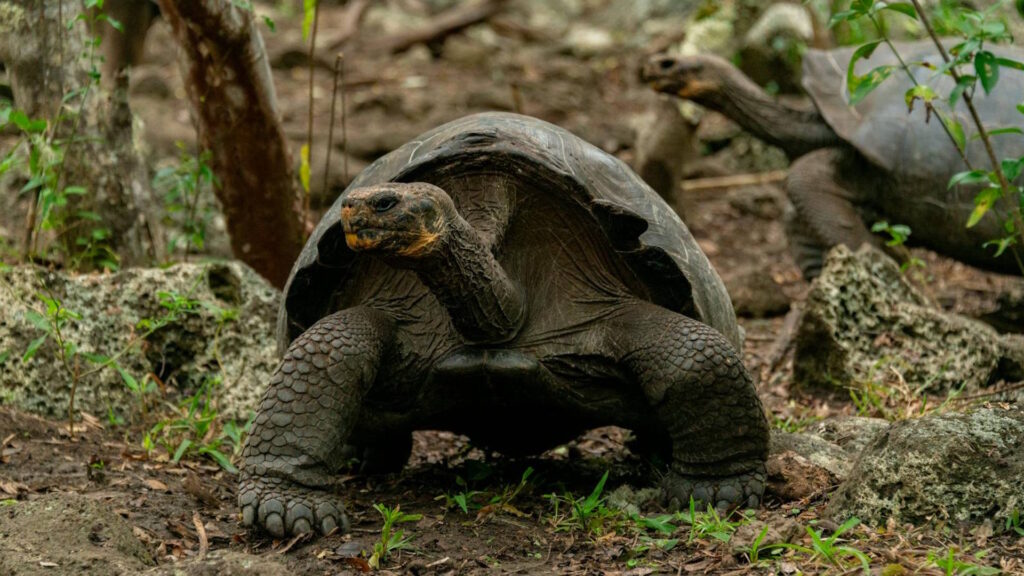
The evolution of giant tortoises represents one of nature’s most successful adaptations, with these remarkable reptiles persisting for millions of years with relatively few changes to their fundamental body plan. Their lineage dates back approximately 60 million years, making them contemporaries of the early mammals that emerged after the dinosaur extinction. Giant tortoises have survived multiple mass extinction events, climate shifts, and geological changes that eliminated countless other species. Their evolutionary success stems from a combination of adaptations: protective shells that deterred most predators, efficient digestive systems that processed low-quality vegetation, and remarkable abilities to store water and nutrients. Perhaps most significantly, their slow metabolism and extraordinary longevity allowed populations to persist through challenging environmental conditions that would have eliminated faster-living, more metabolically demanding species. This evolutionary resilience makes the achievement of record-breakers like Goliath all the more impressive – they represent the pinnacle of a deeply successful evolutionary strategy.
The Future of Giant Tortoises

The prospects for future giants like Goliath depend largely on ongoing conservation efforts and human stewardship. Climate change poses particular challenges for these temperature-sensitive reptiles, potentially affecting reproduction, sex ratios (which are temperature-dependent in many tortoise species), and habitat suitability. Rising sea levels threaten the low-lying island habitats where many giant tortoise populations exist, potentially reducing their already limited range. On a more optimistic note, recent conservation successes have demonstrated that these resilient reptiles can recover when given adequate protection and habitat. Captive breeding programs have successfully increased populations of several threatened tortoise species, while reintroduction efforts have restored tortoises to islands where they were previously extinct. With continued conservation commitment, the impressive genetic potential that produced record-breaking individuals like Goliath remains preserved, ensuring that future generations may still witness these awe-inspiring giants plodding across their island homes.
Visiting Living Giants Today

For those inspired to witness these magnificent creatures firsthand, several facilities around the world house impressive specimens of giant tortoises, though none currently match Goliath’s record proportions. The Seychelles Islands Foundation maintains a research station on Aldabra Atoll where visitors can observe wild giant tortoises in their natural habitat, though access is limited due to the remote location. More accessible viewing opportunities exist at major zoological institutions including the San Diego Zoo, Bronx Zoo, and ZSL London Zoo, all of which maintain colonies of giant tortoises as part of conservation programs. In the Galápagos Islands, the Charles Darwin Research Station on Santa Cruz Island houses numerous giant tortoises, including several specimens approaching 600 pounds. For many visitors, the opportunity to stand beside these ancient giants creates a profound sense of perspective – a humbling reminder of our relatively brief existence compared to these creatures whose lifespans can bridge multiple human generations.
Conclusion
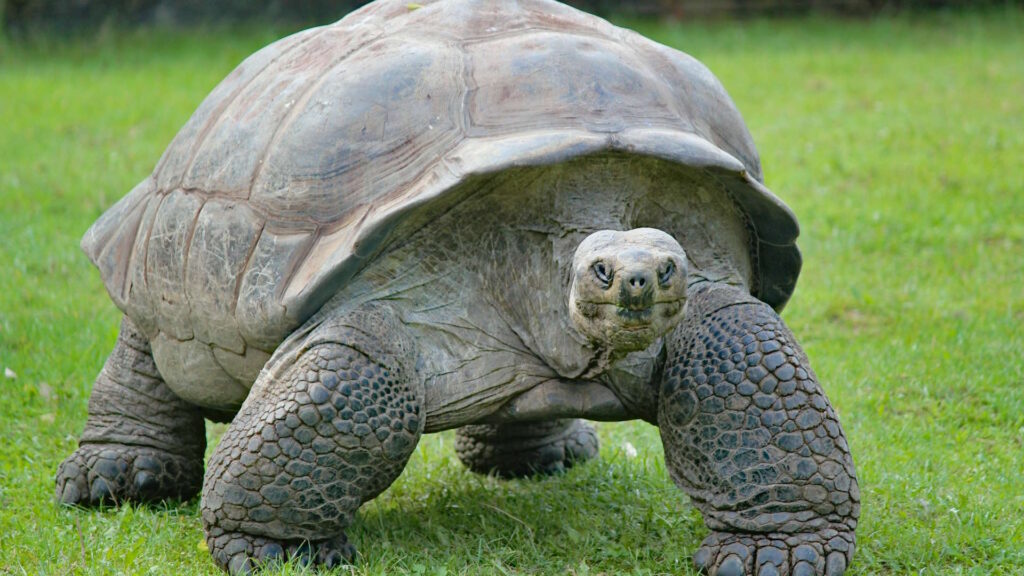
The legacy of Goliath and other record-breaking tortoises extends far beyond mere size measurements. These extraordinary animals represent living connections to prehistoric times, ambassadors for conservation efforts, and reminders of nature’s capacity for producing remarkable adaptations. While the record-holder himself has passed into history, his species continues to plod forward through time, carrying the genetic potential for such impressive growth. As we contemplate these gentle giants, we’re reminded of the importance of preserving the conditions that allow such magnificent creatures to exist – island ecosystems free from invasive species, protected habitats, and careful human stewardship. The story of the largest tortoise ever recorded isn’t just about an exceptional individual, but about the extraordinary journey of an ancient lineage that continues to inspire wonder in all who encounter these remarkable living monuments to evolutionary success.

